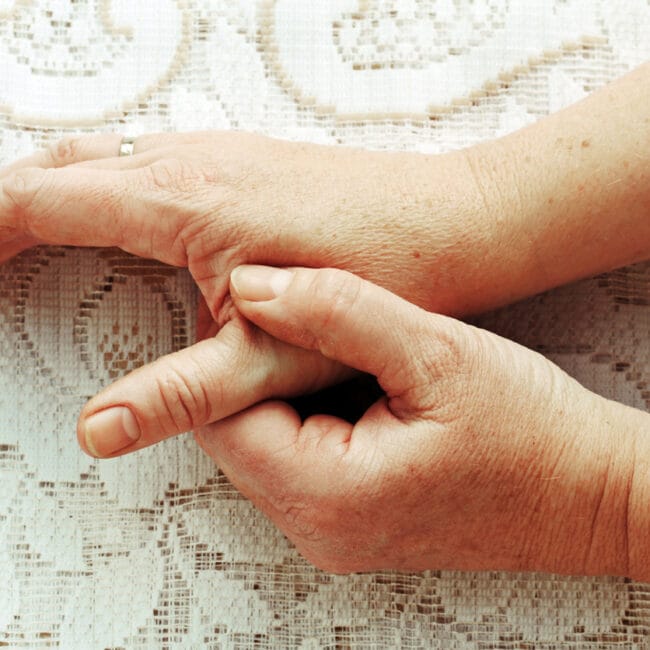Muscle tears (also known as ‘pulled’ muscles, or muscle strains) are one of the most common musculoskeletal injuries that we see on a daily basis. Generally, a muscle tear occurs when the load placed on a muscle exceeds the capacity of that muscle to withstand the load. So how do you know if you have torn a muscle, or if it is something else causing your pain?
Signs and symptoms of a muscle tear
With lower grade muscle tears, you may not remember a specific incident, but generally with higher grade tears you will be able to pinpoint a specific acute incident which initiated your pain.
Pain or tenderness when you apply pressure to the injured area.
Pain with active contraction of the muscle, e.g., if you have a hamstring tear, bending your knee towards your bum may be painful.
Pain with passive stretch of the muscle, e.g., again using the hamstring strain example, if someone bends your knee towards your chest and straightens out your knee, this may reproduce pain. Hip hinging may also be painful as this will stretch the hamstring.
Reduced range of motion – if you can’t bring your joint through a full range of motion – it is common for individuals with muscle strains to get pain towards the end of their normal range.
Muscle weakness – decreased strength on resisted muscle contraction. This may be evident if you are a gym goer and can’t lift your usual weight.
Higher grade muscle tears may result in bruising, swelling and redness.
Grading of muscle tears
Muscle tears are generally graded using a classification of Grade 1, 2 and 3 as below (1).
Grade 1 – Localised pain and tenderness, aggravated by active movement, minimal pain to palpate, possible slight bruising. Less than 5% function loss.
Grade 2 – Pain and tenderness which is not as localised, aggravated by active movement, significant pain to palpate, bruising, considerable loss of strength and range of motions (<50%).
Grade 3 – Complete tear resulting in severe pain and disability, poorly localised, significant loss in strength and range of motion, extreme pain to palpate.
When you are assessed by a qualified professional, they will base your rehabilitation plan off the extent, or grade, of your muscle tear.
Common muscle tears and the most common mechanisms of injury
Hamstring | Sprinting, accelerating
Rectus femoris (quadricep/hip flexor) | Kicking, decelerating
Adductors (groin muscles) | Sprinting, changing direction, kicking
Calf | Jogging, sprinting, jumping
Rotator cuff | Repetitive overhead activities (e.g. throwing, tennis, swimming), falling on an outstretched hand
Muscles which cross two joints are generally the most susceptible to tears due to the increased load. These include the hamstring muscles (hip and knee), rectus femoris (hip and knee) and the gastrocnemius of the calf (knee and ankle).
If I have a torn muscle, how long will it take for me to return to activity?
Unfortunately, there is no simple or standard answer to the above question. There are too many variables involved. Some factors that will effect recovery time which come into consideration when we assess an individual with a muscle tear to determine an optimal rehabilitation plan:
The individual – your sport, competitive level, physical condition, gender, age, body mass, injury history, family history and much more.
The muscle which is injured.
The extent of the muscle injury.
The mechanism of the injury (this will impact recovery times!).
If you have previously injured the muscle (biggest risk factor for injury recurrence).
The location of injury in the muscle – if there is tendon involvement this will lead to a longer rehab process.
When this is all taken into consideration, recovery times can take anywhere from 1 week in very mild cases, to 12 weeks and beyond in grade 3 tears.
If you suspect your have a torn muscle, even if it is minor, it is important to get assessed promptly by a professional and to get a tailored rehabilitation program created for your needs. It is essential not to just return to your usual training when the pain has gone, as there may still be significant functional deficits. Regular check-ins with a qualified professional are crucial.
Key take home messages:
Muscle tears can be painful and frustrating and lead to significant injury burden. However, they can usually be managed effectively through a thorough assessment, graded and specific rehabilitation program, and an integrated return to activity (whatever that looks like for you – whether its housework or professional sport).
When you tear a muscle, this makes you significantly more likely to injure the same muscle moving forward – this is why it is essential to complete a meticulous rehabilitation program to reduce to chance of this happening.
A torn muscle doesn’t mean rest. Generally the rehabilitation program can start immediately. Initial early loading is now considered a key aspect of the rehabilitation process. Rest is most definitely not best.
Try not to be disheartened when you have a torn muscle and cant take part in your usual sport or activity. Try to use it as an opportunity to bring up your weaknesses – for example, if you have a torn hamstring and feel like you have poor mobility or reduced upper body strength, the rehabilitation period can be a great opportunity to work on these weaknesses.
References
- Grassi A, Quaglia A, Canata GL, Zaffagnini S. An update on the grading of muscle injuries: a narrative review from clinical to comprehensive systems. Joints. 2016 Jun 13;4(1):39–46.










